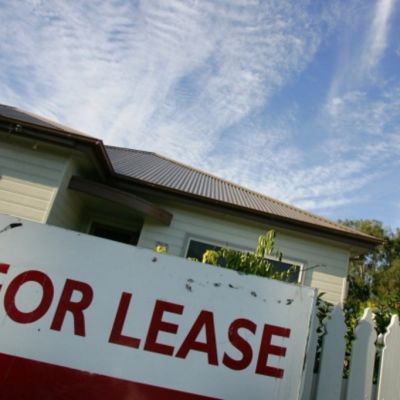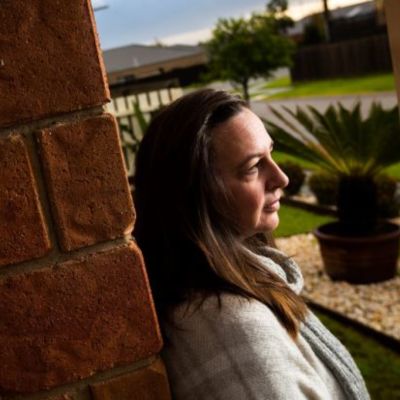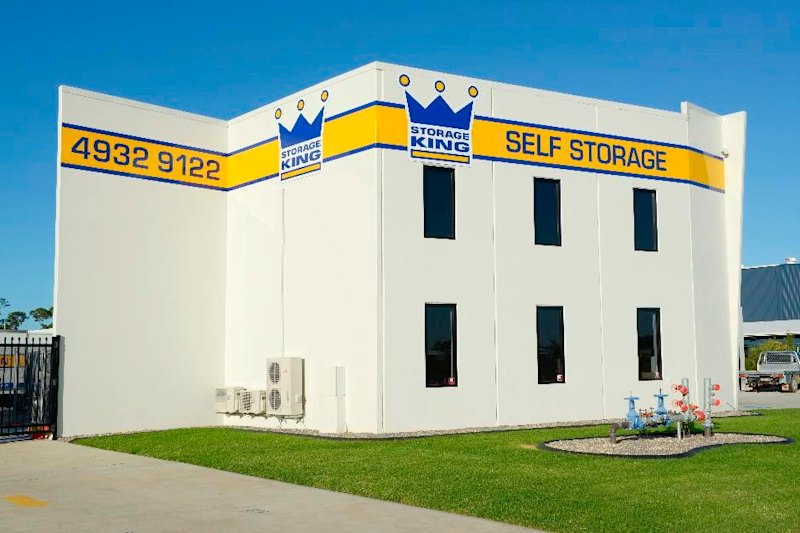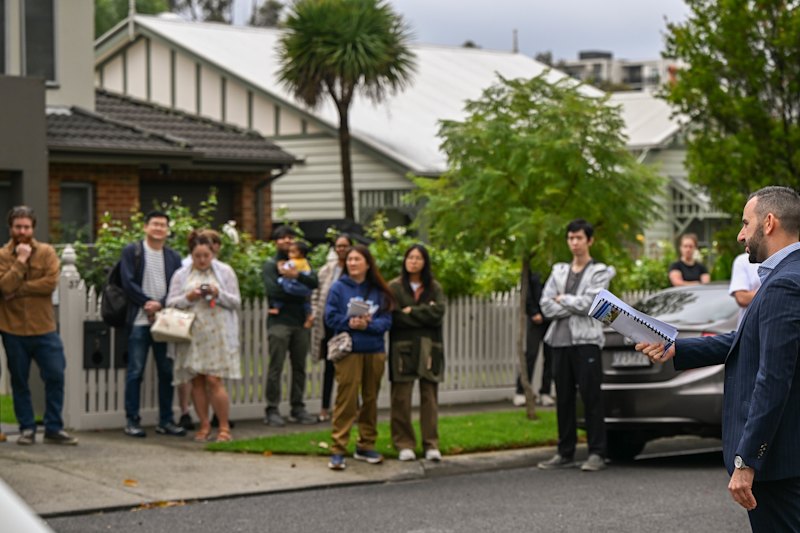Emerging fractional property investment platforms pledge to improve lives of renters
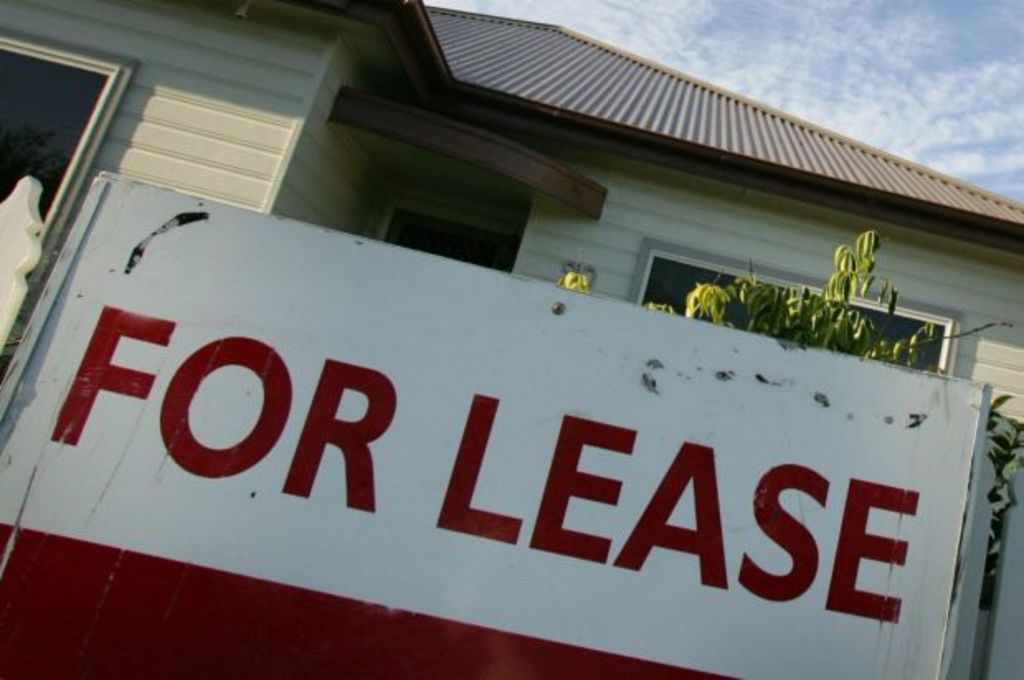
Could having 500 landlords be better than having one? Apparently that’s just what the rental market needs, with new platforms promising stable tenancy periods by allowing hundreds of different investors to buy into individual long-term rental homes.
BRICKX is one such platform, allowing people with less than $100 to become a landlord in 10 minutes by purchasing a portion of a home, or ‘bricks’, through a website in one of several pre-purchased investment properties.
They’d likely be one of “500 to 1000 other investors” who own the home, BRICKX chief executive Anthony Millet said ahead of the launch on Monday. Already, the most popular investment property on the platform has more than 120 investors and they have several homes in Sydney and one in Melbourne. He did not say how many were using the platform in total, though they own $4.47 million of property overall.
It could promise a better renting experience by reducing the likelihood of a property being sold and interrupting a lease, having a pool of funds set aside for maintenance and repairs, and limiting the emotional involvement of the landlord, Mr Millet said.
“Happy tenants mean they’re likely to stay for longer, with lower vacancy periods and more predictable income for investors.
“Because these are longer-term held investment properties, the tenants that go into them won’t get sudden surprises we’re looking to sell it,” he said.
As per usual, the property management fee is taken out of the rent, along with costs for water, strata, insurance and council fees. But making it a more attractive prospect for tenants, 3 per cent of the rent is also put into a fund to fix things when they break.
A similar system is already in place through fractional investment company DomaCom, whereby the platform crowdfunds property purchases through many different investors before going out and buying the home.
In this situation, they have a “sub-fund” put into place for maintenance and the company itself is on the tenancy agreement as the landlord while it’s managed by an independent property manager, explained DomaCom general manager Warren Gibson.
“If something massive happened, and it needed $20,000 [to repair it] and we don’t have that, we would go back to the owners and request they contribute another amount into the cash fund,” he said.
If the individual investors don’t provide the money, their holding is diluted and other investors are found to take their place.
However, not everyone is convinced by the promise of such platforms.
Just Think Real Estate managing director Edwin Almeida is concerned that for tenants it could just be like dealing with many investors rather than just one.
“Can you imagine 500 to 1000 people driving around neighbourhoods and stopping outside your front door to look at the house, if you were the tenant?
“Imagine, the property management office taking 500 to 1000 calls regarding a property and all asking; how is [my] investment going?”
But it could also result in less emotional property owners and more stable leases, Australian Housing and Urban Research Institute’s Curtin Research Centre director Steven Rowley said.
“It might lead to more rational property investment decisions if well managed,” he said.
“Any potential benefit would depend on the balance in the management strategy; secure income through minimising vacancy or maximising rental income. If it is the former then longer term tenancies could be the result.”
Though he warned the management strategy might be an “aggressive” style that focused on significant rent increases in times of rental demand.
And it wouldn’t necessarily improve the heart of the tenancy problem – a lack of affordable homes, warned Tenants Union of NSW policy officer Ned Cutcher.
While the strategy bears resemblance to an institutional-approach to property investment – whereby large companies own property as opposed to mum-and-dad investors – it’s “probably not the sort of thing most housing advocates have in mind,” Mr Cutcher said.
“They do not appear to be adding to supply, and certainly not to the supply of affordable rental housing,” he said.
“And the whole scheme actively embraces the dominant property investment principle: housing is not for shelter, it’s just a bunch of ‘bricks’ that go up in value,” he said.
We recommend
We thought you might like
States
Capital Cities
Capital Cities - Rentals
Popular Areas
Allhomes
More
